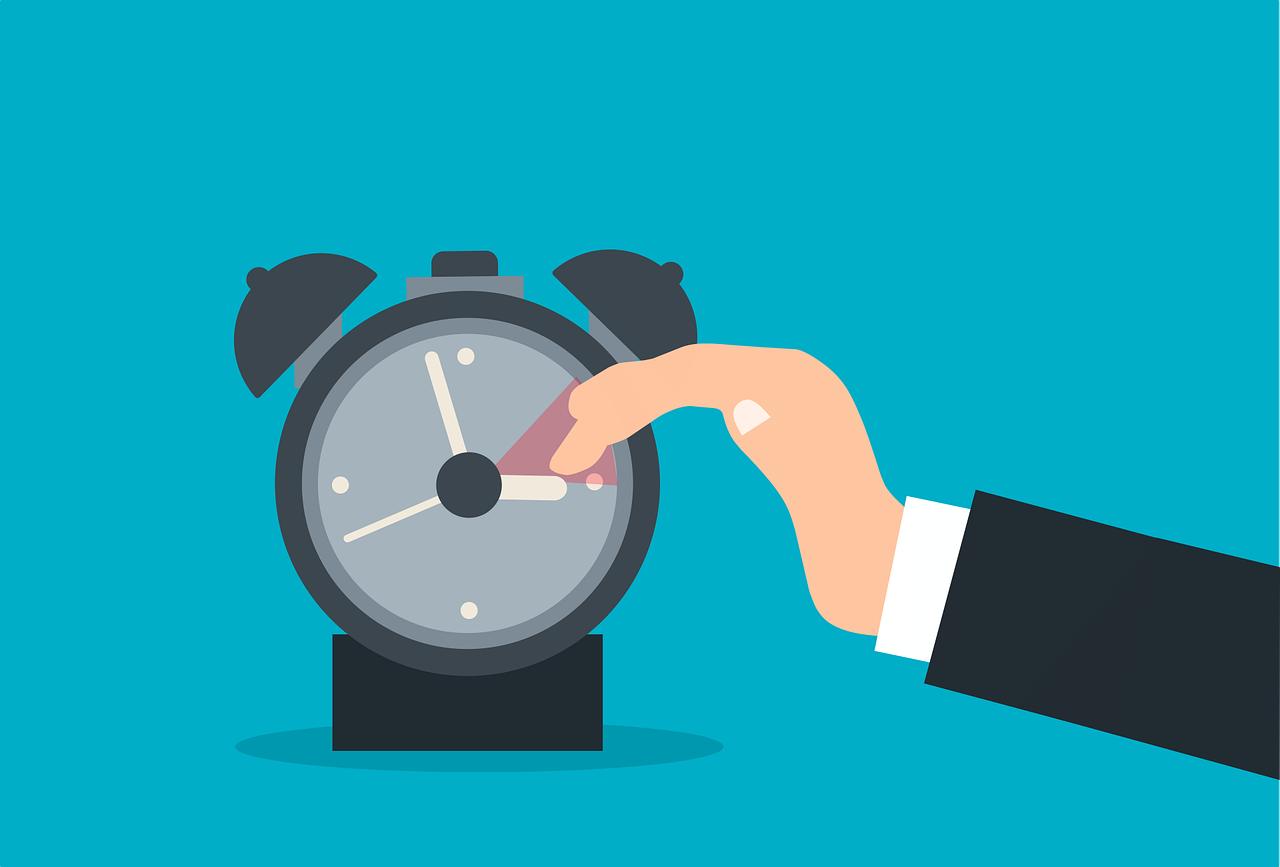October is here, and with it comes the yearly ritual of bidding farewell to summer. The leaves are falling, temperatures are dropping, and soon our clocks will fall back an hour. If you’ve ever wondered why we make this change or how it affects our well-being, you’re not alone. Let’s dive into why we turn the clocks back every October and explore how this shift can impact our mental health, and even offer some self-improvement opportunities.
Why Do We Turn the Clocks Back?
First, let’s cover a bit of history. The practice of adjusting our clocks backward in October is part of what’s known as Daylight Saving Time (DST). This custom began during World War I as a way to save energy. By giving people an “extra” hour of daylight in the morning, it meant less reliance on artificial lighting at night. Back then, the savings were significant. But in today’s world of round-the-clock power usage, the impact on energy is fairly minimal.
Today, we “fall back” not necessarily for energy savings but for tradition and convenience. As autumn days grow shorter and darker, the extra morning light can help us feel more in sync with the sun’s schedule.
The Pros and Cons of Falling Back
When we turn the clocks back, we gain an “extra” hour of sleep—which many people love! But there’s a flip side: as the evenings get darker sooner, some people experience disruptions in their mood, energy, and daily routines. That’s because light plays a crucial role in regulating our body clocks, also known as our circadian rhythms.
Benefits of Extra Morning Light
More light in the morning has its advantages. For one, it can help with:
- Better Sleep Quality: Morning light exposure tells our brain it’s time to be awake, which can improve our natural sleep-wake cycle.
- Improved Focus and Alertness: Studies show that natural morning light boosts our focus and cognitive performance. It’s like a natural wake-up call for the brain!
- Boosted Mood: Sunlight triggers serotonin production, which helps to lift our spirits. Getting outside in the morning can give you an early-day dose of happiness.
Downsides of Early Evenings
On the flip side, darker evenings can lead to what’s often called the “winter blues” or, in more severe cases, Seasonal Affective Disorder (SAD). Here’s why that happens:
- Reduced Serotonin: As sunlight decreases, our serotonin levels can dip, leading to mood shifts.
- Disrupted Melatonin Production: Darkness triggers melatonin, the sleep hormone, earlier than usual, sometimes making people feel sluggish or tired in the late afternoon.
- Social Isolation: Shorter days can discourage social activities, leading to feelings of isolation and loneliness.
Practical Tips for Staying Positive Through the Time Change
So, how can you make the most of the clock change, stay upbeat, and even turn this seasonal shift into a time for self-improvement? Here are some practical ideas.
1. Embrace Morning Sunlight
With an extra hour in the morning, why not start your day with a little outdoor time? Whether it’s a short walk, a morning coffee on the porch, or just a few moments outside, exposure to natural light in the morning helps regulate your circadian rhythm. Plus, it can give you a much-needed energy boost and improve your mood!
2. Create a Cozy Evening Routine
As the days grow shorter, evenings are the perfect time to focus on self-care. Make it a habit to wind down earlier with activities that make you feel good. Try reading a book, practicing yoga, or enjoying a warm drink. Small rituals like these can make early evenings something to look forward to instead of dreading.
3. Exercise Regularly (Yes, Even in the Cold!)
Regular exercise is one of the best ways to combat seasonal sadness. Exercise boosts endorphins and serotonin, naturally lifting your mood. Even a brisk 20-minute walk outside can make a big difference in both your physical and mental health.
4. Set Seasonal Goals
Use the time change as a marker to set new personal goals. This doesn’t have to be a huge life overhaul. It could be something simple, like reading a new book each month, trying out a new hobby, or working on a skill you’ve been curious about. Setting seasonal goals gives you a positive focus and can make the time change feel purposeful.
5. Check In with Your Mental Health
Seasonal shifts are a natural part of life, but they affect everyone differently. If you notice that your mood is lower than usual, or if you struggle with feelings of sadness or fatigue that just don’t lift, consider talking to someone about it. Whether it’s a friend, a loved one, or a therapist, discussing your feelings can help lighten the load.
Turning the Time Change into a Self-Improvement Opportunity
Instead of seeing the time change as an inconvenience, think of it as a chance to reset. Autumn is a season of reflection, letting go, and preparing for winter. Use this time to look inward and ask yourself what you need to feel your best.
Maybe it’s setting up a new exercise routine, prioritizing sleep, or investing more time in friendships. Maybe it’s learning something new, working on a long-forgotten goal, or just giving yourself permission to rest a bit more.
Final Thoughts: Lean Into the Season’s Changes 🍁
October’s time change reminds us that everything has a rhythm. Days grow shorter, nights get longer, and nature is quietly preparing for winter. By leaning into this seasonal shift, embracing its opportunities, and prioritizing our mental health, we can make the darker months feel a little brighter.
So, this October, when the clocks go back and summer truly waves goodbye, see it as an invitation to care for yourself in new ways. How will you make the most of your extra hour?
